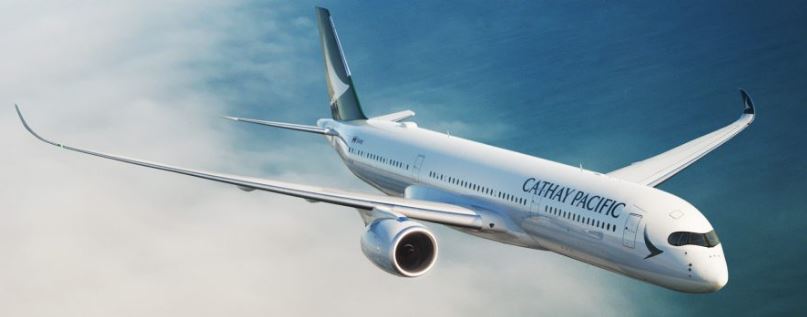
The two airline s carried 170,476 tonnes of cargo and mail last month, an increase of 12.8% compared to the same month last year. The cargo and mail load factor rose by 4.0 percentage points to 68.3%. Capacity, measured in available cargo/mail tonne kilometres, was up by 4.8% while cargo and mail revenue tonne kilometres (RTKs) increased by 11.3%. In the first six months of 2017, the tonnage rose by 11.5% against a 2.3% increase in capacity and an 8.9% increase in RTKs.
Cathay Pacific and Cathay Dragon carried a total of 2,809,992 passengers in June – a decrease of 2.1% compared to the same month in 2016. The passenger load factor dropped 0.4 percentage points to 85.1%, while capacity, measured in available seat kilometres (ASKs), increased by 1.6%. In the first six months of 2017, the number of passenger carried declined by 0.5% while capacity rose by 1.1%.
Commenting on the first six months of 2017, the airline’s chief executive officer, Rupert Hogg, said: “When we announced our results for 2016 in March, we said that we expected the operating environment in 2017 to remain challenging. This has been the case. Our airlines’ performance in the first half of 2017 continued to be disappointing. In particular, strong competition from other airlines put intense and increasing pressure on passenger yield and revenue.”
Cathay Pacific general manager Cargo Commercial Mark Sutch said: “Our cargo business remained robust throughout June and the overall tonnage was healthy. The new Tel Aviv service has built good air freight demand and we received an overall boost from shipments of fresh produce, speciality goods, toys and automobile parts between Asia and the United States. Furthermore, our two wet-leased freighters are now operating at full capacity and are generating good revenues on North American routes. Looking ahead, the airfreight market remain strong and this should continue through to the start of the traditional high demand season in September.”







